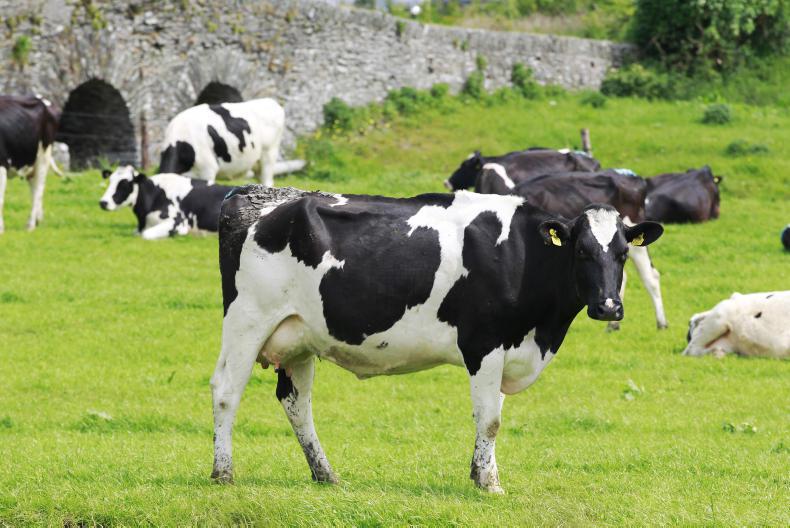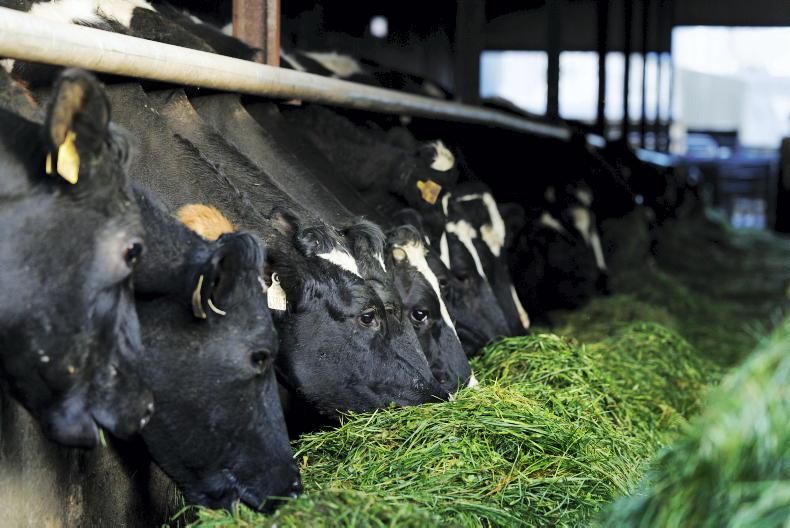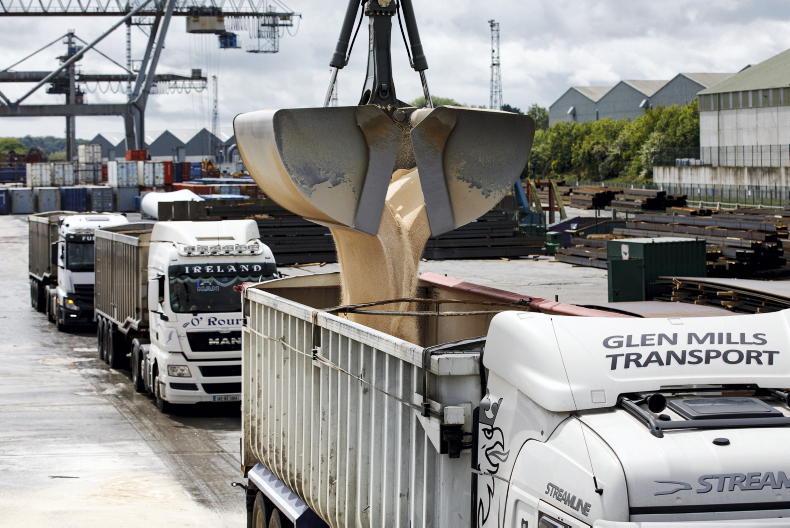Nitrates losses related to agriculture are not simply down to higher stocking rates of livestock and farmers who farm in derogation, according to Eddie Burgess, manager of the Agricultural Catchments Programme in Teagasc.
“Nitrate loss is an incredibly complex process. But the cause of increased nitrates levels in our water is being overly simplified. It’s very easy to draw a simple conclusion that higher stocking rates on dairy farms and the nitrates derogation is what’s driving higher nitrates losses. Stocking rates do have an impact, but it’s not the whole story,” said Burgess, who was speaking on Friday morning as part of the latest ‘Signpost Series’ of online webinars on sustainable agriculture, hosted by Teagasc.
#thesignpostseries Agricultural Catchments Programme looking at the Nitrates Derogation #TeagascJC there is good water quality in areas of high stocking rates - focusing on sediment and P losses pic.twitter.com/duRs1M38qC
ADVERTISEMENT— Teagasc Environment (@TeagascEnviron) October 23, 2020
Burgess said there are a whole host of important factors that influence nitrate pathways, including soil type, physical geology of the land and weather conditions in a given year. To illustrate his point, Burgess compared two water catchments, Timoleague in Co Cork and Castledockerell in Co Wexford, where water quality is predominantly influenced by agriculture.
Intensive dairy
Burgess said the Timoleague catchment was an area where intensive dairy farming was the main farming enterprise. Over 60% of the farmland in the catchment was in derogation, meaning farmers had higher stocking rates of dairy cows and nitrates levels on the farm could be as high as 250kg of N/ha. On average, the total load for organic nitrogen across the Timoleague catchment was over 160kg of N/ha.
In contrast, the Castledockerell catchment in Co Wexford had very little livestock farming and most farmers were involved in tillage. Just 5% of the farmland in the Castledockerell catchment was in derogation. On average, the total load for organic nitrogen across the Castledockerell catchment was less than 40kg of N/ha.
Burgess said these were two agricultural catchments that were very different in terms of farm enterprise, but nitrates losses were actually higher in the Castledockerell catchment, which had very low numbers of livestock compared to the more intensive dairy catchment of Timoleague.
Burgess said this was down to the free-draining nature of the land in the Castledockerell catchment, which made it much easier for nitrogen to escape the root zone in the soil. He added that the short growing season of tillage crops also influenced nitrogen loss.
2018 drought
Burgess showed how weather conditions can have a major impact on water quality. In 2018, when Ireland was hit with a long drought throughout the summer months, Burgess said there was a noticeable spike,to the highest level they had ever seen, in nitrogen loads in water bodies across Ireland.
He said the dryness of the soils that summer allowed nitrogen to escape much easier from the soil and into waterways than in a normal year.
#thesignpostseries Agricultural Catchments Programme Eddie Burgess Teagasc looking at the Nitrates Derogation #TeagascJC Nitrate concentrate levels across EPA monitoring stations. Weather events have an impact on Nitrate levels pic.twitter.com/vef2QsWFSd
— Teagasc Environment (@TeagascEnviron) October 23, 2020










SHARING OPTIONS